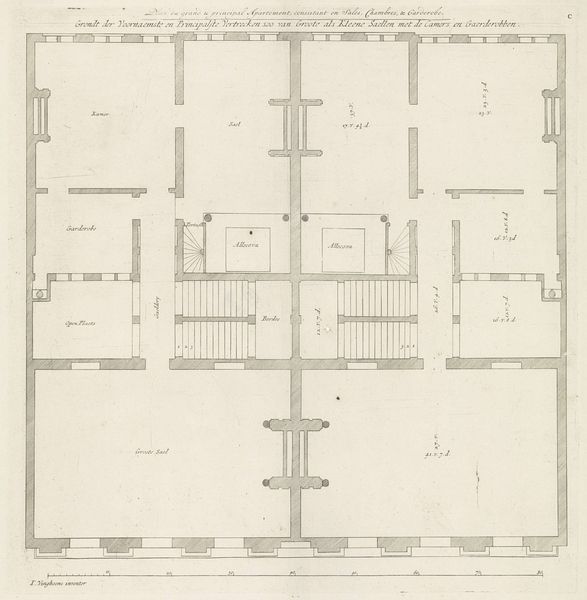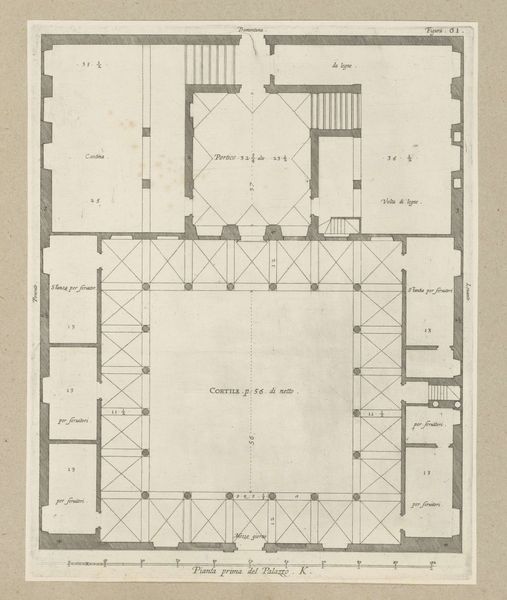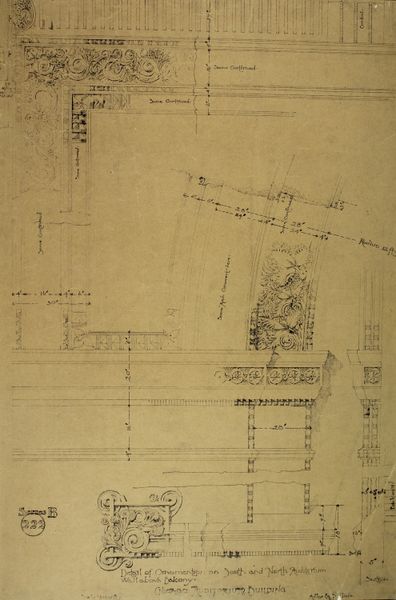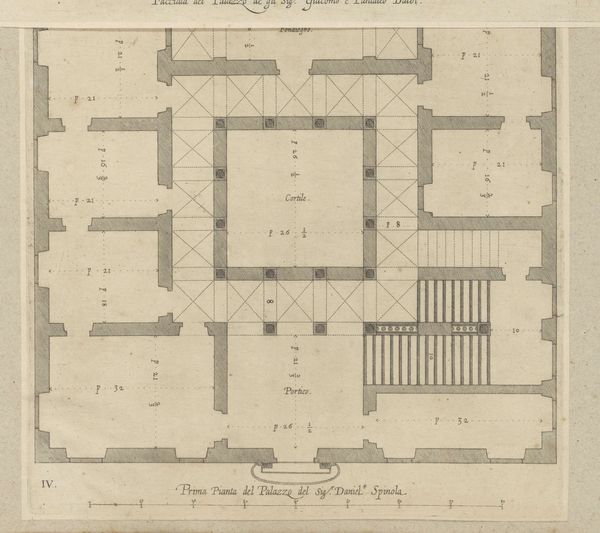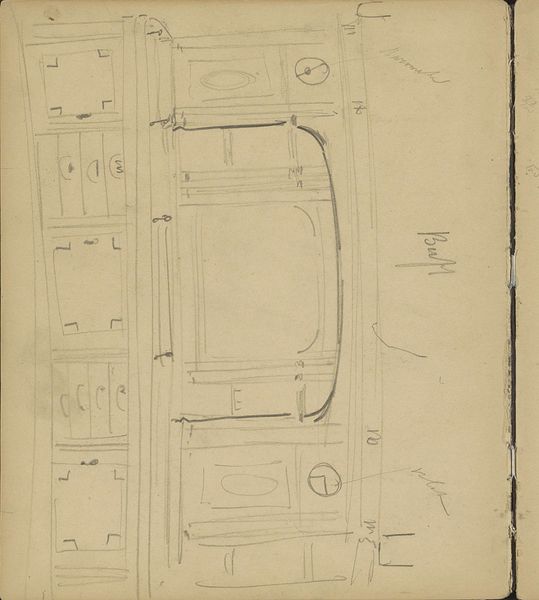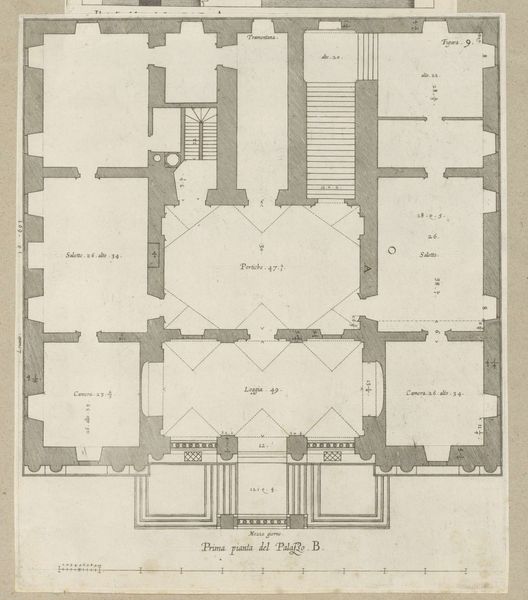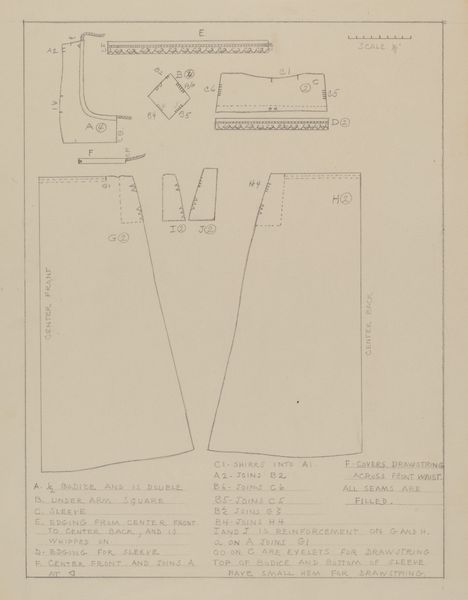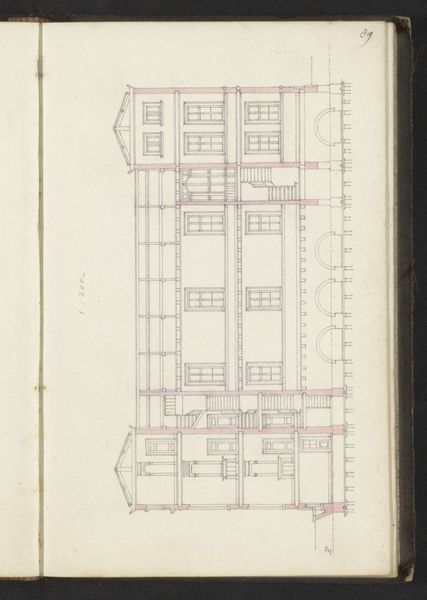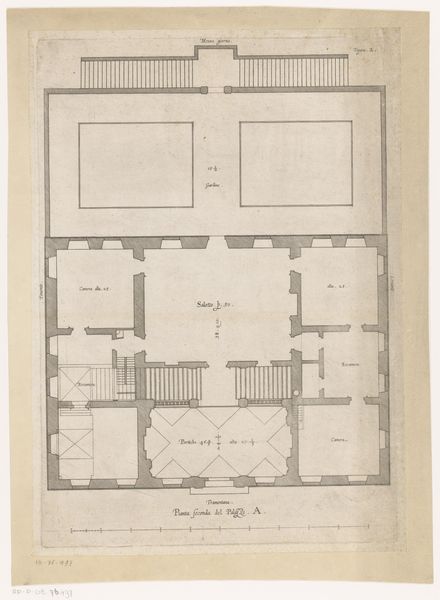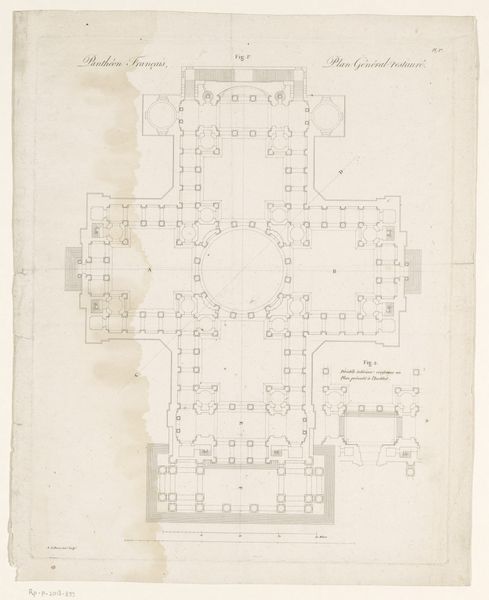
Orders of Architecture, Greek Doric Order from the Parthenon, Elevation 28 - 1870
0:00
0:00
Dimensions: 60 × 45 cm (23 5/8 × 17 3/4 in.)
Copyright: Public Domain
Curator: This meticulously rendered architectural study from the late 1860s or early 1870s by Carl Furst presents an elevation of the Greek Doric order, specifically as seen in the Parthenon. Ink on paper, a marriage of precision and artistry! Editor: It looks so severe, almost…austere. Stark lines and geometry dominating the page. You feel the weight of history just looking at it. Curator: Austere, yes, but also undeniably elegant in its restraint. It's fascinating to see this embrace of neoclassicism in the 19th century—a yearning for order and reason in a rapidly changing world. This drawing exemplifies form as an aesthetic value, almost divorced from its context. Editor: Context is everything, though! The Parthenon, originally a temple dedicated to Athena, stands as a symbol of Athenian democracy and power, of course. This wasn't just some building; it was a statement. Furst’s removal of all that for an etching… It feels like a way of sterilizing the radical ideas the building first embodied. Curator: Sterilizing, perhaps, or refining. I see a reverence for pure form. Look at the geometric precision in the column details! He isn’t necessarily dismissing its historical importance, he might be drawing focus to universal principles of design—the ideal. Isn’t there a romantic quality to searching for perfection? Editor: Maybe. But that pursuit of "perfection" often came at the cost of erasing diverse narratives, elevating a specific, often oppressive aesthetic standard. Even now the Parthenon’s stolen sculptures reside in the British Museum; the elevation romanticizes architectural purity without reflecting upon how stolen cultural items like these perpetuate a culture of appropriation. It speaks volumes. Curator: I can't disagree with your observation about context, nor about the removal of these items; however, looking closely at this image I also feel like a student absorbing a masterclass, each line whispering stories of proportion, harmony, and enduring legacy. It's a window into a specific, romantic mindset. Editor: Fair enough, it's about that push and pull of understanding then versus looking now; for me it's a way to explore not just aesthetics but also ethics, who got to define "beauty," and at what cost? Curator: That's such a helpful counterpoint. Perhaps in these stark lines, we also find the space for a dialogue.
Comments
No comments
Be the first to comment and join the conversation on the ultimate creative platform.
